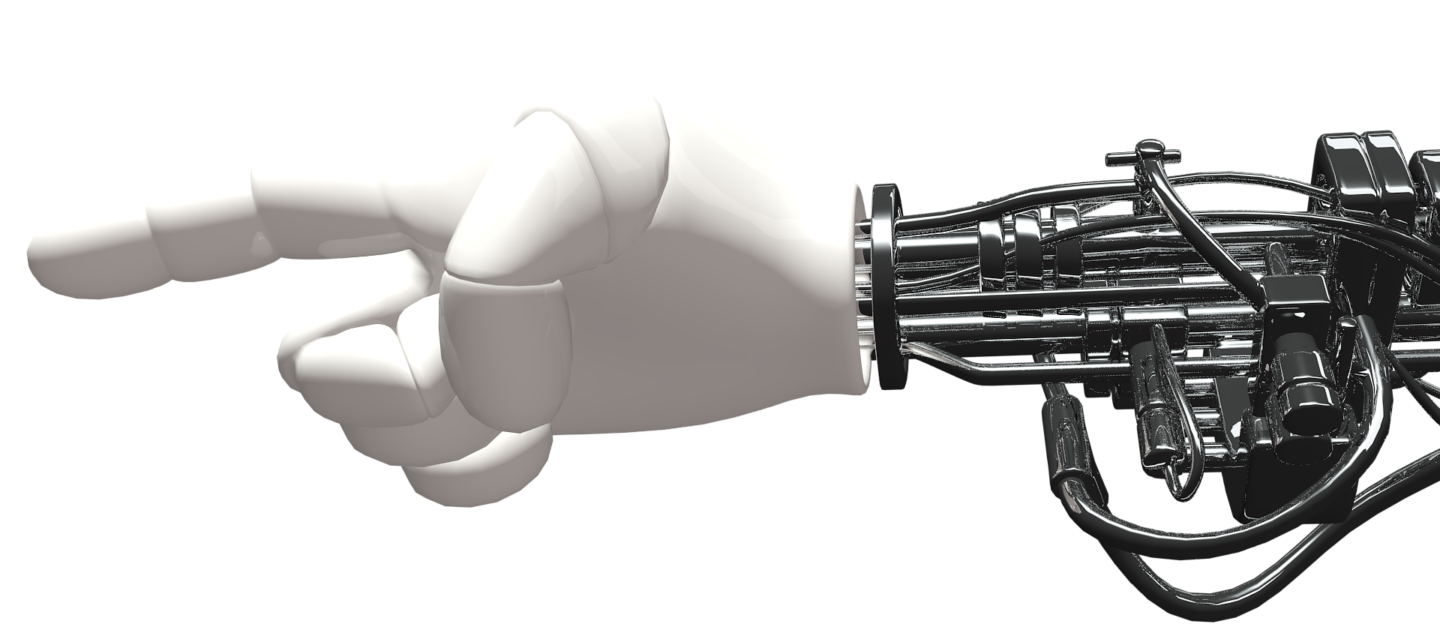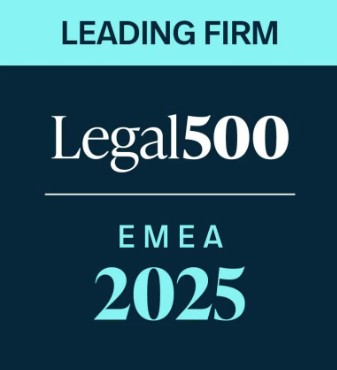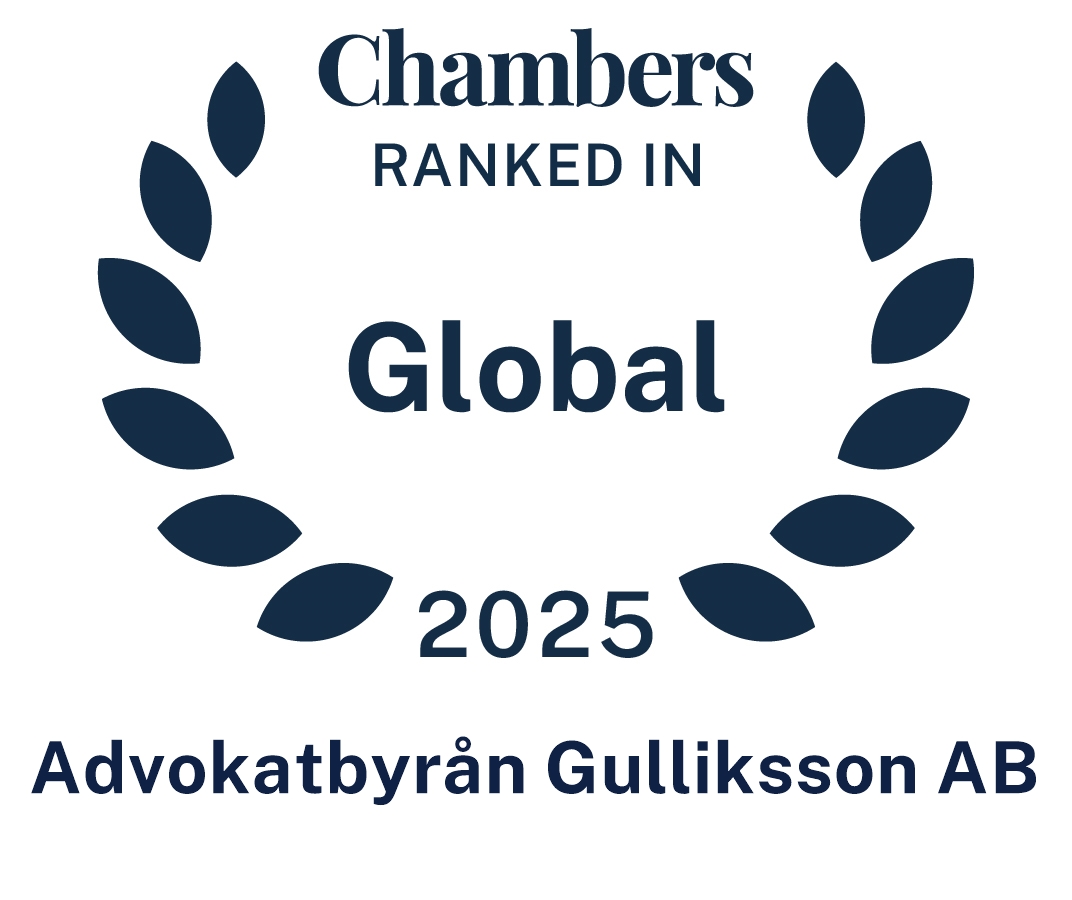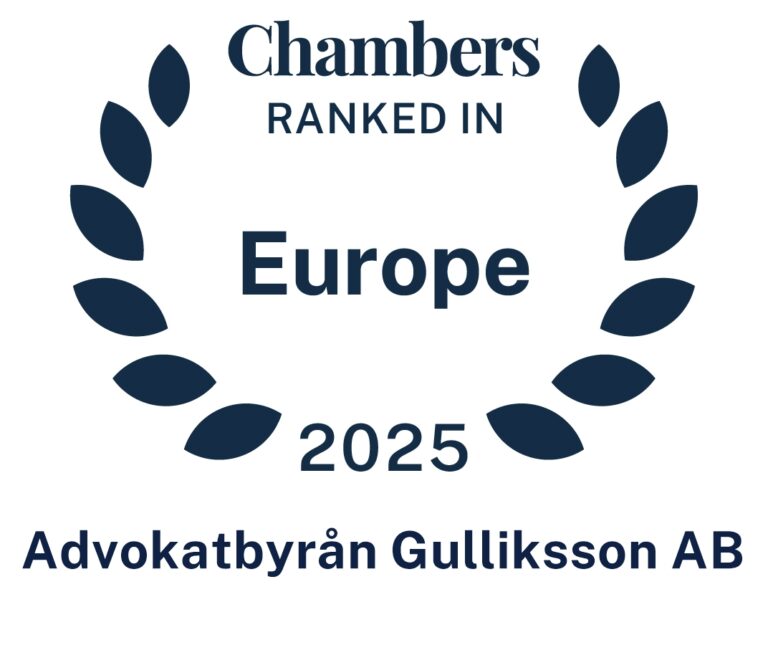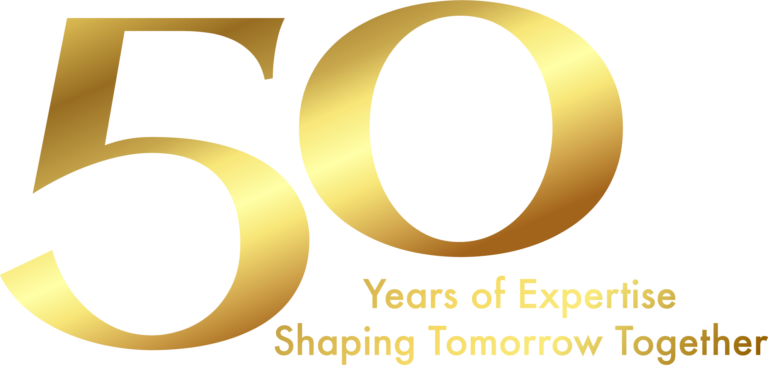In the age of generative AI systems that create original content based on user instructions, questions of ownership and copyright are bound to come up. Who owns the copyright to AI-generated content? Is it the user, the AI system, the owner of the system, the programmer or the public? The debate surrounding this topic contrasts in arguments and leads to different legal developments around the world.
Recently, the Beijing Internet Court (BIC) made a historic decision by granting copyright protection to an image generated by artificial intelligence (AIGC), [(2023) Jing 0491 Min Chu No 11279], date: 27 November 2023. The decision, published by Zhichan Ku (知产库). This decision sets an important legal precedent in China’s copyright law and the growing field of AI-generated content. The decision was based on the concept of ”originality” and the intellectual effort of the human creator, Li, who used the text-to-image software Stable Diffusion to create an artistic image of a young Asian woman. The ruling emphasised the importance of human creativity and guidance in the AIGC process and opened up copyright protection for such works.
The legal action was instigated by Li, who alleged that a blogger named Liu had used the AI-generated image without permission on a Chinese content-sharing platform. The court stressed that conflicts over authors’ personal expression in AI-generated images should be evaluated on a case-by-case basis. The ruling is anticipated to have noteworthy consequences for forthcoming AI copyright disputes and may potentially benefit Chinese technology firms that offer comparable AIGC software.
China’s position in this case differs from the recent UK Supreme Court case, Thaler v Comptroller-General of Patents, Designs and Trade Marks [2023] UKSC 49. The UK Supreme Court unanimously ruled that an autonomous machine powered by artificial intelligence cannot be recognised as an “inventor” in law, emphasising the importance of human inventive rights and rejecting the possibility for the owner of the machine to apply for a patent for the generated invention.
The cases raise several questions, posing a question at the very core of what constitutes an intellectual property right, and who should be able to possess it. It is unclear whether human input should be considered a prerequisite for “creativity” and “originality” in the legal sense in order to obtain copyright protection. Additionally, it is unclear if there should be a distinction, and where the line should be drawn, between AI- generated and AI-assisted output. How much human input and influence is required for AI to be considered a tool in the same sense as a camera, digital image processing software or a paintbrush? The boundary between human creativity and AI-generated intellectual property continues to be a hot topic for discussion.
The ongoing debate and uncertainty surrounding legal issues related to AI and its relation to intellectual property rights in different jurisdictions are reflected in these different positions. The development in these cases offer an opportunity to reflect on the boundary between human and technological creativity. At Gulliksson, we continue to monitor court cases and legislative changes to ensure protection and commercialization of rights for all parties involved.
If you have any questions or want to know more, please contact our team!
